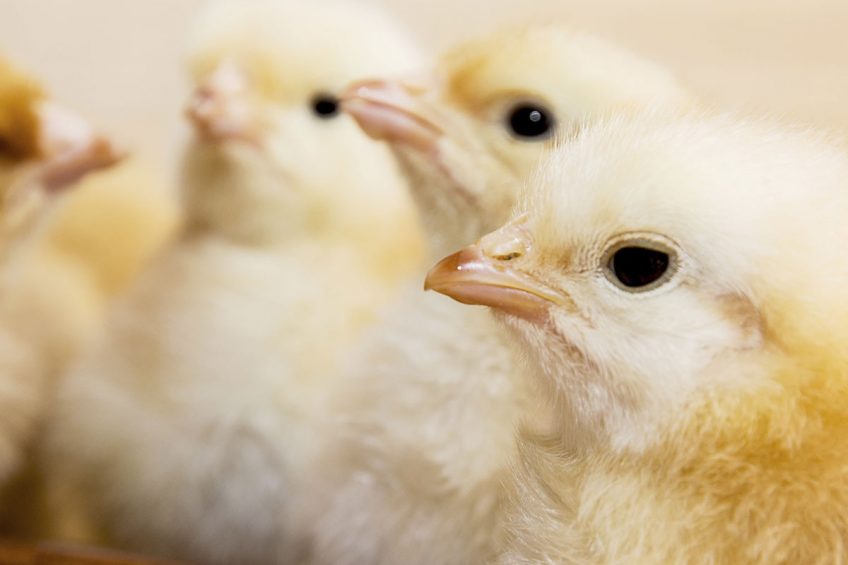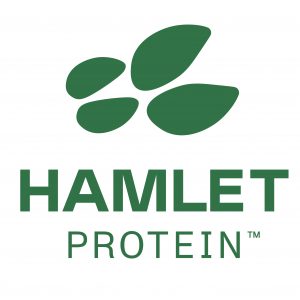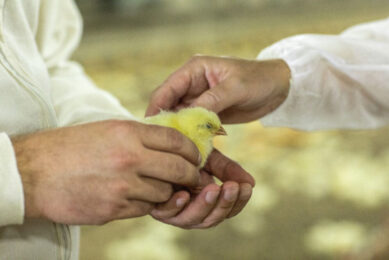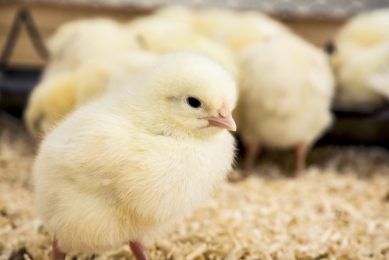Why use a starter feed from the day the chicks hatch?

Chicks grow and develop at an incredible rate during the first week of hatching. With just 34-42 days from the beginning to end of the broiler production cycle, that makes the right choice of starter feed particularly critical
The key consideration for the producer is the digestibility of the feed. Both the digestive tract and immune system are highly immature at hatching. So, unless the feed is easy to digest, most of the nutrients will pass through the digestive tract unabsorbed and be excreted in the droppings.
Resorting to the yolk sack
The chick will then draw energy from the immunoglobulins and unsaturated fatty acids in its yolk sack, leaving little for development and immunity. This is a serious problem for a chick that needs to develop vital organs and quadruple in weight by the time it is seven days old. The fact that chicks can go up to 48 hours from hatching to their first intake of feed is an added pressure.
For all these reasons, a sub-optimal feed will only add to the challenges a chick has to overcome. Apart from impairing growth due to poor nutrient absorption, it will increase vulnerability to pathogenic bacteria and viruses, such as Salmonella and Campylobacter.
The importance of tailored feed
In other words, the importance of a feed that is specially tailored to the needs of chicks up to the age of ten days cannot be understated. The same goes for broilers during the grower and finisher phases. Producers will experience that broilers fail to reach their growth potential and that feed efficiency is compromised.
Many nutrients are necessary to ensure proper growth. One of the most important of them is protein. Due to its high quality and lower cost than proteins from some animal sources, soy protein is a popular choice. Here, again, digestibility is the key to success.
Optimising soy protein digestibility
The issue with soy protein in its untreated form is its content of anti-nutritional factors (ANF). Though not a problem for older broilers, in the immature digestive system of a newly hatched chick ANF have a direct negative impact on protein absorption – and the chick’s potential for healthy growth.
The answer is reduction of the anti-nutritional factors to a very low level, while maintaining the nutritious protein components intact. Today, this has been made possible by a processing technique developed at Hamlet Protein, the company behind HP AviStart – a specialty soy protein for chick starter feed.
Much has happened to improve the efficiency of broiler production since the 1970s, when the average lifecycle was much longer 60 days. An optimised starter feed that takes the immature digestive systems of hatchlings into account is another step in the ongoing optimisation process.
Author: Carsten Pedersen





